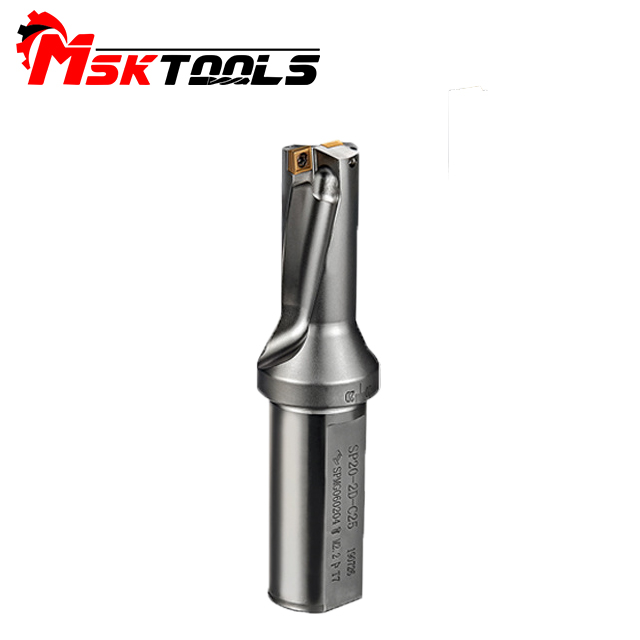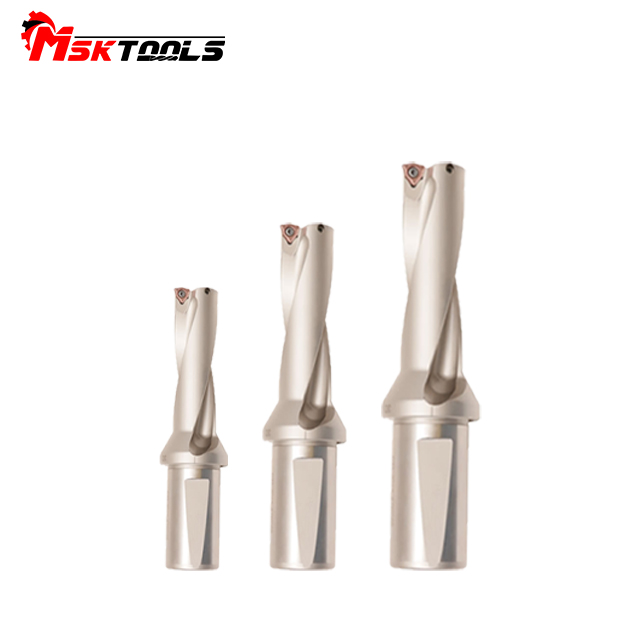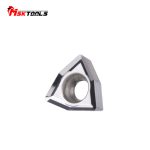Techniques to Master Inserting Bits with Precision – 5 Must-Know Tips
Making sure your drill bits are properly inserted is a key factor in achieving accurate, optimal drilling results — whether you’re an experienced professional or a hobbyist. To help ensure successful drilling projects, we’ve compiled five useful tips for inserting drill bits like a pro. Check out this blog post to find out more!
Getting the proper drill bit for your project is an essential part of successful completion. Pick wisely to ensure that the job will be completed with precision and satisfaction.

Selecting the right drill bit for your plans is essential. A twist drill bit is suitable for wood activities, but any block or brick job requires a masonry drill bit. If you do not use the right bit for the job, you may end up with ruined equipment and inefficient results.
Ensuring safety is always a priority and must be strictly adhered to. Taking precautions and avoiding potential risks is paramount at all times. To make sure you are always in a safe environment, it is essential to always abide by the regulations and not take any unnecessary risks.
Safety is of utmost importance when it comes to operating a power drill, so make sure you always wear the proper protective gear before you begin. This includes safety goggles and gloves, to shield yourself from potential mishaps or harm. Additionally, make sure the power tool is turned off and unplugged before inserting or removing a drill bit in order to reduce the risk of any undesired occurrences.
Ensure the drill bit is firmly secured before continuing.
Inserting a drill bit correctly is a vital skill for the everyday user of the tool. This process can be easy, but it’s important to make sure you do it properly.
To begin with, loosen the chuck of your drill by turning it counter-clockwise. After that, slide in the drill bit, making certain that the bit’s shank fits snugly between the jaws of the chuck.
Once properly situated, tighten the chuck in a clockwise direction until it grasps the bit tightly; for extra precision, you may want to use a corresponding key if available. Doing this correctly will ensure you are able to get your drilling job done without any issues.
Be sure to ensure consistent direction and thoroughness.
In order to achieve optimal results, your drill bit must be correctly aligned with the object you are drilling. Keep in mind that an incorrect angle or depth can significantly damage the workpiece. Utilize a level or measuring device to make sure your bit is in line with what you’re working on. Once you’ve verified the alignment, carefully adjust your drilling depth using either the depth stop collar on the drill itself or a separate depth gauge if available. By following this protocol, you can be assured that your projects will turn out perfectly.
Prior to taking any drilling action, test the situation and ensure you have all of the data you need. This will help guarantee success and prevent any unnecessary delays.
Prior to breaking ground, conduct a brief inspection to verify that the drill is correctly positioned and operating properly. Activate the drill for a short duration to guarantee that the bit is rotating in an even motion. In the event of misalignment or wobbling, cease operations and inspect or fine-tune the parts as needed. Taking this extra precaution will help safeguard against expensive repairs and lead to more efficient drilling results.
Inserting drill bits correctly can be the difference between a quick, safe and successful drilling experience and an extremely risky endeavor. To ensure your drilling project is performed without incident, there are five general rules to observe during the insertion process. Make sure you always keep safety as your topmost priority, select an appropriate drill bit for the job, affix it firmly in place, verify the alignment and depth are correct, then do a trial run before beginning in earnest. Apply these five tips before tackling any drilling job and your confidence will soar knowing you have done all you can to guarantee a great result!
How to Use Drill Bits Easily: 7 Proven Techniques
Inserting drill bits might appear deceptively straightforward, but it requires precision and care for successful drilling. To help novices and experienced DIY aficionados alike get the best out of their projects without any mishaps, here are seven tips for inserting drill bits to make sure you attain the highest level of safety and precision. Read on to find out more!
Select the Appropriate Drill Bit: Choosing the optimal drill bit for a certain task is critical in ensuring your job is completed to satisfaction. It can be difficult to identify the ideal bit for your application, but a few key points will make your decision much easier.
To achieve the best results while drilling, choose the drill bit that corresponds to the type of material you’re dealing with. Different drill bits serve various purposes—wood, metal, and masonry—and by selecting the correct one, your drilling experience will be more efficient and successful.
Ensure Shank Sizes are Compatible- To ensure an optimal fit when installing a new part, ensure that the shank size of the part is compatible with your current setup before purchasing. Purchasing a part that does not fit your current setup will prove to be an unnecessary cost and frustration.
It is essential to ensure that the shank of your drill bit matches the size of your drill chuck for precision and safety. If the fit is too loose, this could cause the bit to shake, causing inaccurate holes as well as harm to either the material or the bit. Having an oversized shank won’t even allow you to place it in the chuck. Prior to inserting a drill bit, always make sure it is compatible.

To ensure your drill bit performs optimally and prevents it from wearing out quickly, make sure to administer lubrication prior to use.
Maintaining your drill bit with a little lubrication can seriously enhance its effectiveness and prolong its use. Before slipping the bit into the material, add a few drops of cutting oil or a standard multipurpose lubricant at the tip. This cuts friction, prevents excessive heat buildup and helps the bit glide through surfaces with ease.
To ensure your equipment is properly prepared, make sure you securely tighten the chuck.
It is essential to ensure the drill bit is properly fastened into the chuck before using it. If the drill is not correctly fixed, slipping could occur while drilling, resulting in harm to the bit and project. To secure it correctly, use either a chuck key or the device’s tightening feature.
Keep your insight focused – never take your eyes off the big picture. Think thorough and stay alert as to the intricacies of the rules and regulations that guide our decisions. It’s important to remain aware of anything that may throw a spanner in the works and impede progress. Avoid diluting your attention with unimportant details and prime yourself to pick up on any red flags or potential issues that could come up.
For any drilling job, consider what the final depth of the hole should be and adjust the drill’s depth gauge accordingly. This is critical for achieving accurate depth and doing so consistently across multiple holes in series. Many drills also come with a designated depth-stop feature that can be adjusted – this helps ensure you don’t dig too deep or not deep enough.
Maintaining the correct velocity when drilling is vital for flawless execution and accurate results. Make sure to adjust the speed of your drill according to the material you are working with. The incorrect speed can be detrimental and lead to undesired outcomes.
When drilling, the speed you use affects the eventual result. Depending on the bit and material you are drilling in, it is important to adjust the pace for ideal efficiency. Quicker drill speed is suitable for softer materials and smaller bits, while slower speeds are better for bigger bits and tougher materials. Whether reducing or increasing speed, the adjustment will optimize accuracy while avoiding any overheating issue.
Adopt Proper Strategies: It is necessary to employ appropriate procedures at all occasions. Regular adherence to efficient methods is essential in any context whatsoever, be it at work or leisure. A strategic approach pays dividends, and any failing to do so can have long-lasting repercussions.
Drilling effectively starts with the right techniques. Make sure to keep the drill at a level angle and press firmly but not too hard against the material – start drilling slowly until the bit penetrates, and then increase the speed. Doing this will help you create precise, clean holes while minimizing potential accidents.
Securing drill bits in the right way is essential for any successful and safe drilling work. Master these seven top tips and you’ll be a pro! They will make your drilling chores go more smoothly, achieve the desired results and increase the lifespan of your drill bits, all in keeping your safety in mind. Follow these reminders and tap into your drilling projects with ease, confidence and great efficiency. Let’s get drilling!













